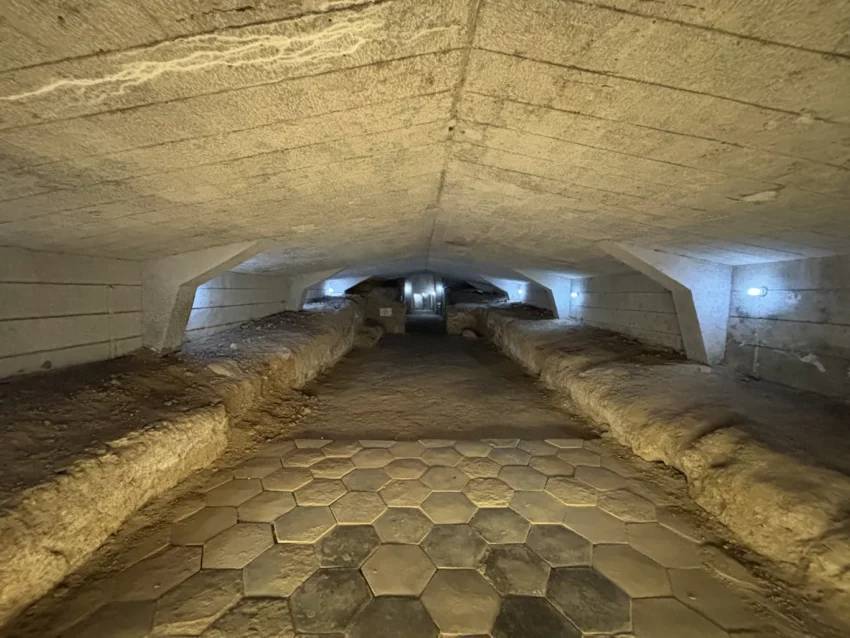Discovering the Beidongshan Han Tomb
Located in Dongshan Village, Maocun Town, Tongshan District, the Beidongshan Han Tomb stands as a testament to ancient Chinese history. Located on the north bank of the Beijing-Hangzhou Grand Canal, this tomb has intrigued visitors for years with its unique design and rich history.
Get your dose of History via Email
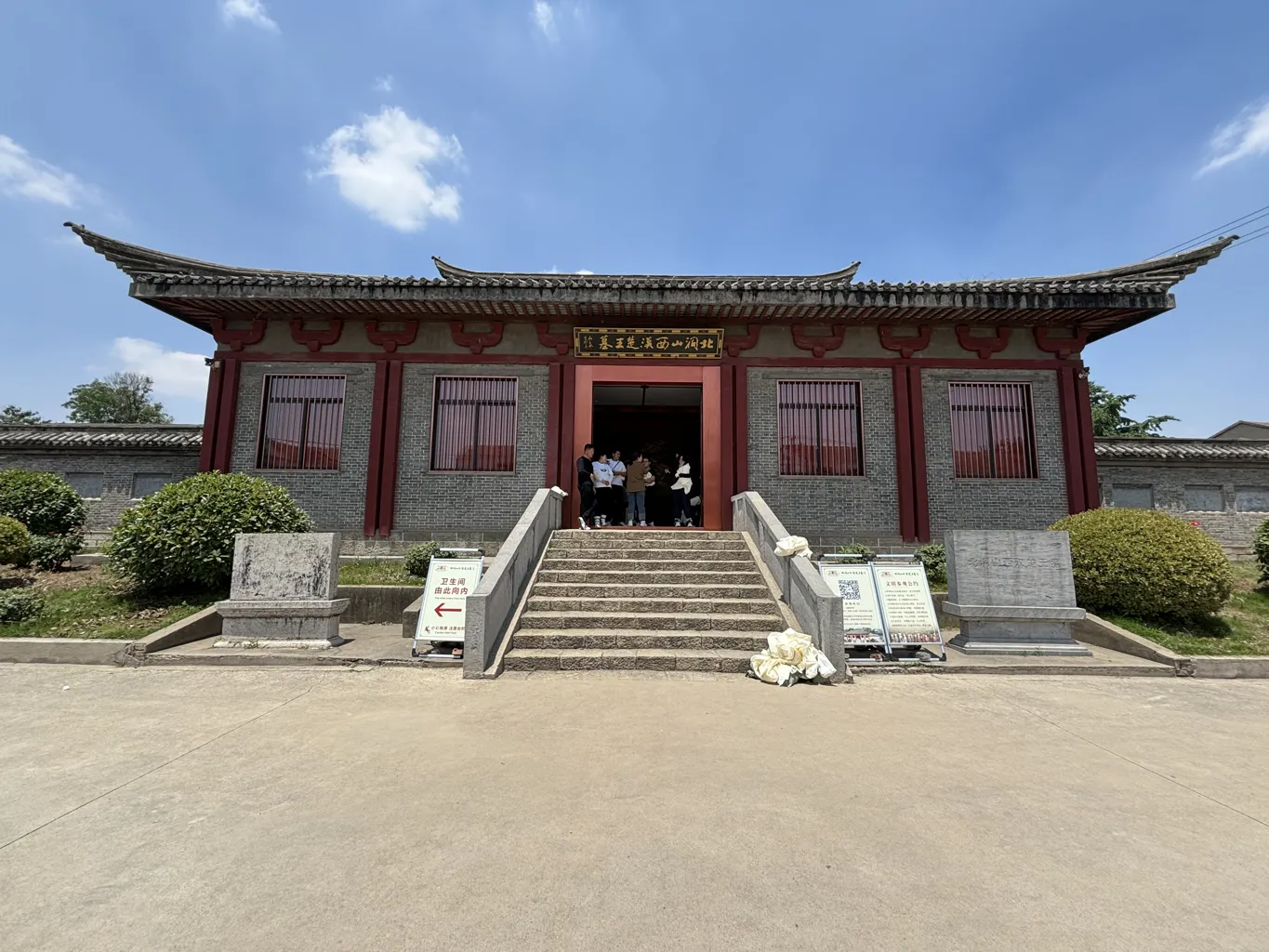
Historical Significance
The Beidongshan Han Tomb, dating back to the early Western Han Dynasty, is believed to belong to Liu Yingke, a nephew of Liu Bang, the founding emperor of the Han Dynasty. This connection adds a layer of historical depth to the site. Scholars also speculate that another chamber, located just over 100 meters to the east, may be the tomb of a queen, further highlighting the tomb’s importance.
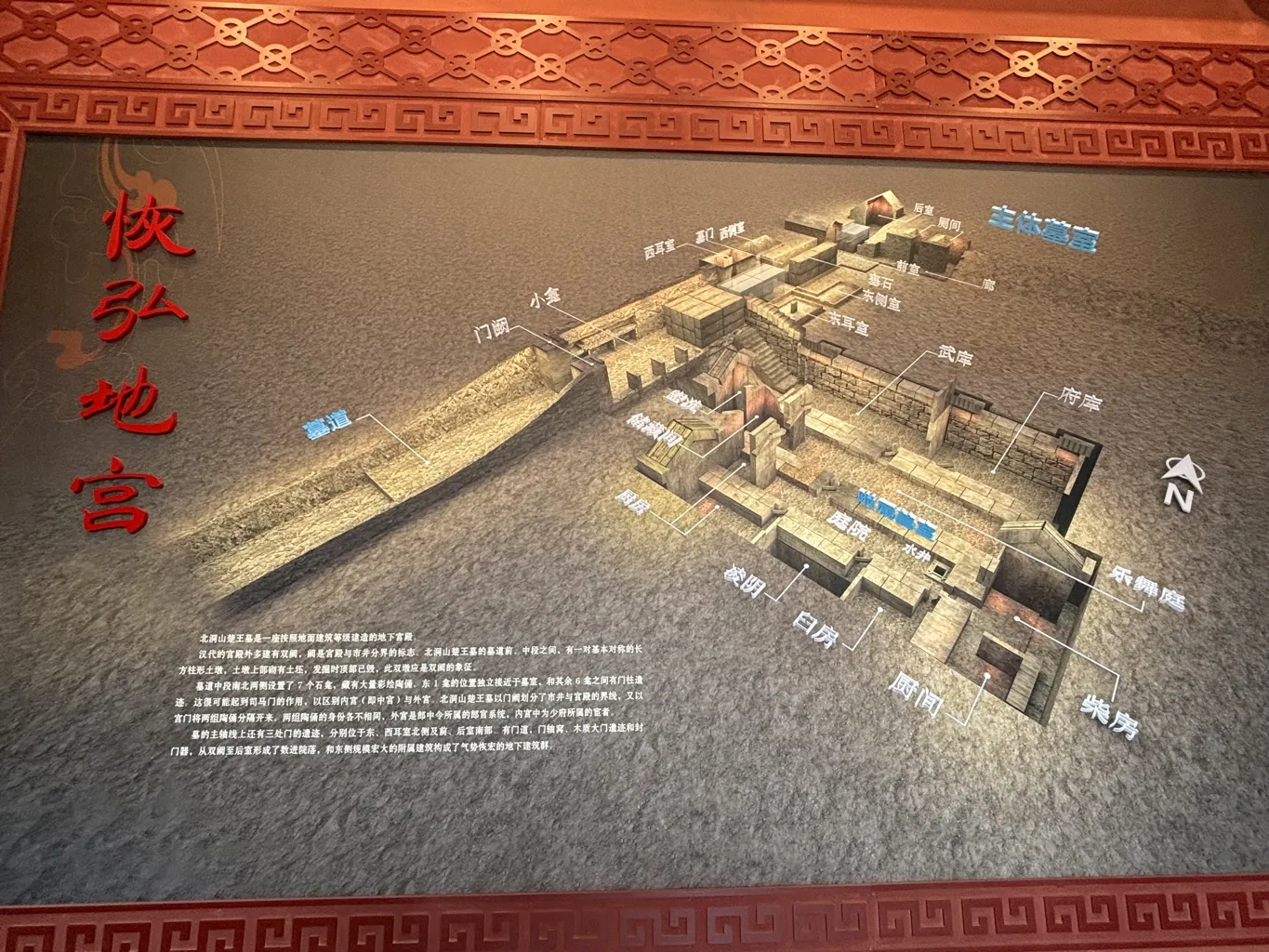
Architectural Marvel
Carved directly into a hillside and covered with rammed earth, the tomb’s structure is both grand and intricate. The main chamber faces south and features a tomb passage and corridor. These corridors were blocked with massive stones, showcasing the engineering prowess of the time. The main building comprises eight rooms, including a side chamber, ear chamber, front hall, and back bedroom.
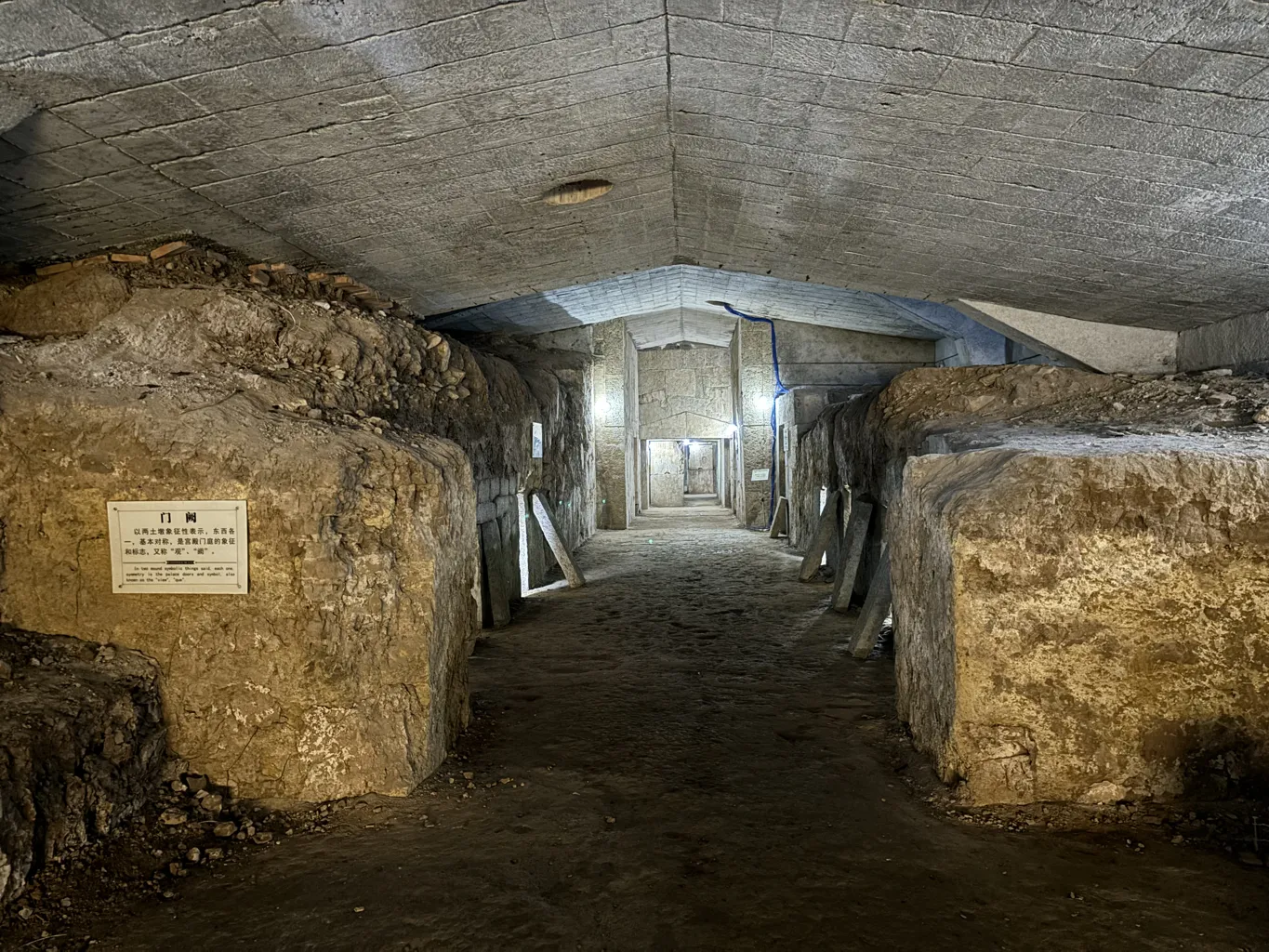
The tomb also boasts eleven ancillary buildings. These structures likely served various purposes, such as storage, dressing, and dining. There were even designated areas for music and dancing, reflecting the vibrant cultural life of the era. Archaeologists have uncovered numerous figurines depicting these activities, providing a glimpse into the past.
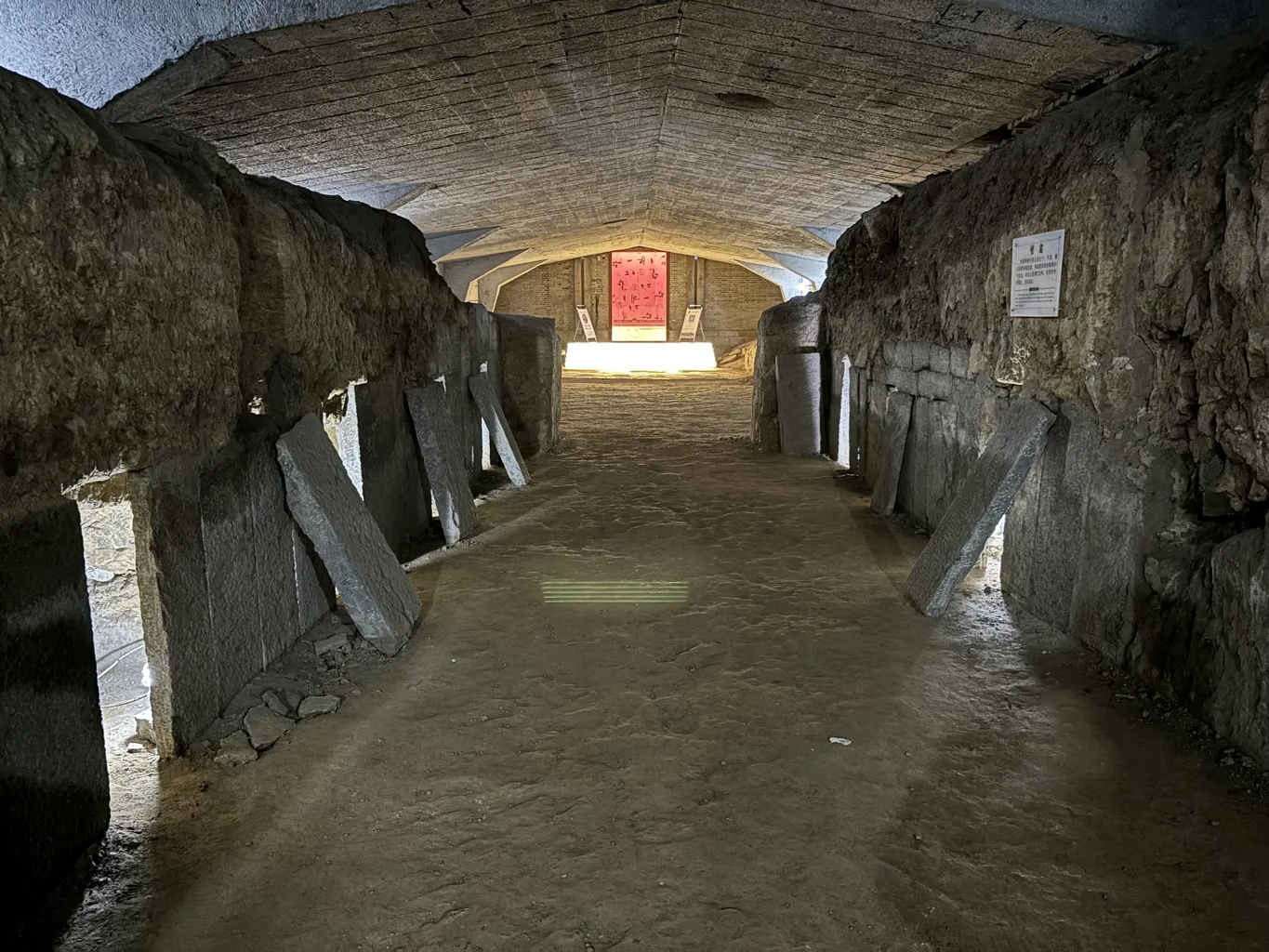
Artistry and Preservation
The walls of the main chamber were painted with stone powder and cinnabar. This method helped prevent corrosion and moisture damage, ensuring the tomb’s longevity. These walls, devoid of plaster or ashes, have preserved their original artistry. The tomb has also yielded over 1,000 cultural relics, including coins, colorful figurines, and various jade, gold, and copper artifacts. These discoveries make the Beidongshan Han Tomb a treasure trove for historians and archaeologists alike.
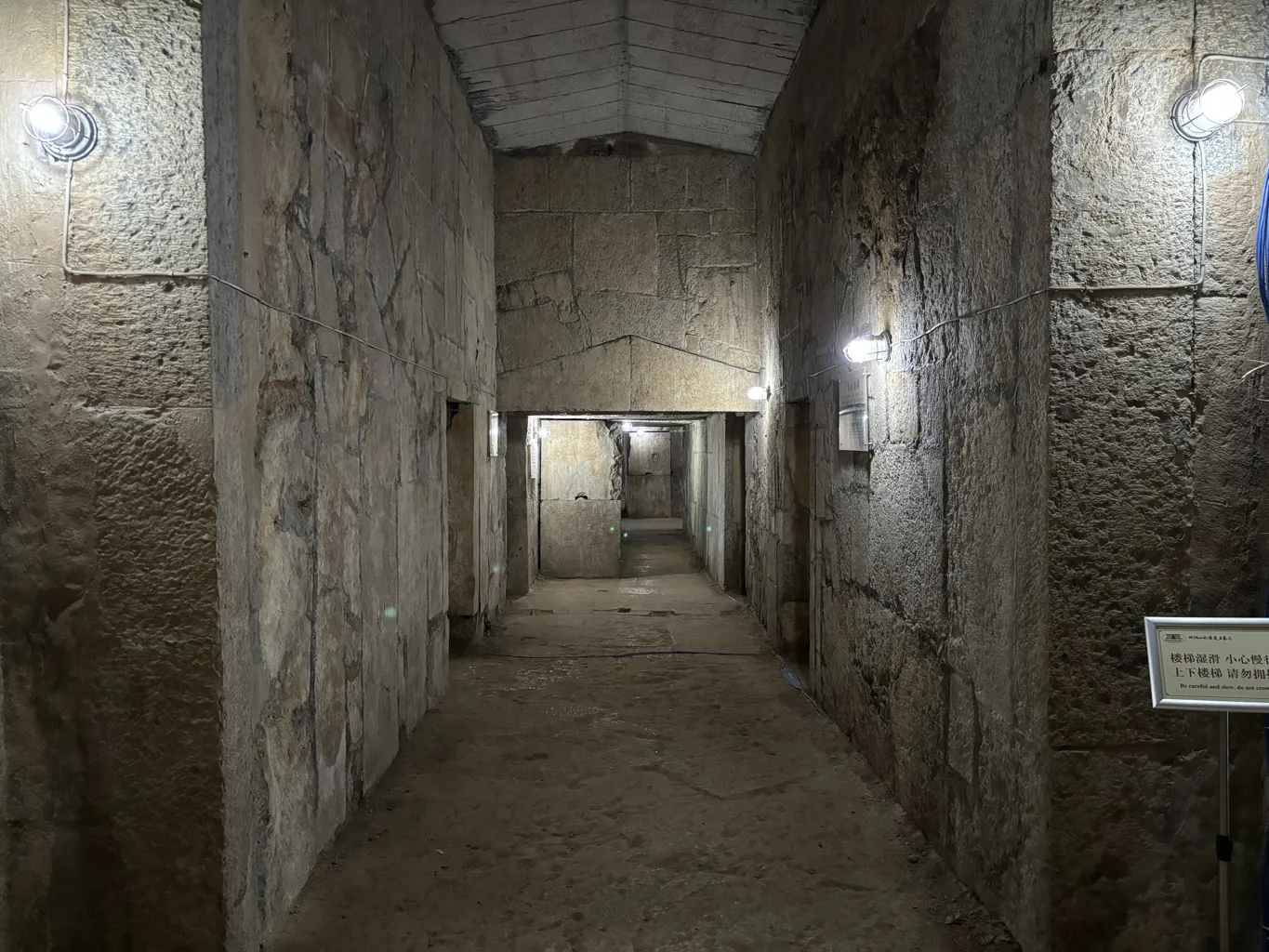
A Journey Through Time
Visiting the Beidongshan Han Tomb offers a unique journey through time. The site was once open to the public, then closed due to frequent water accumulation during summer months. However, as of February 7, 2024, the tomb has reopened, inviting visitors to explore its ancient wonders.
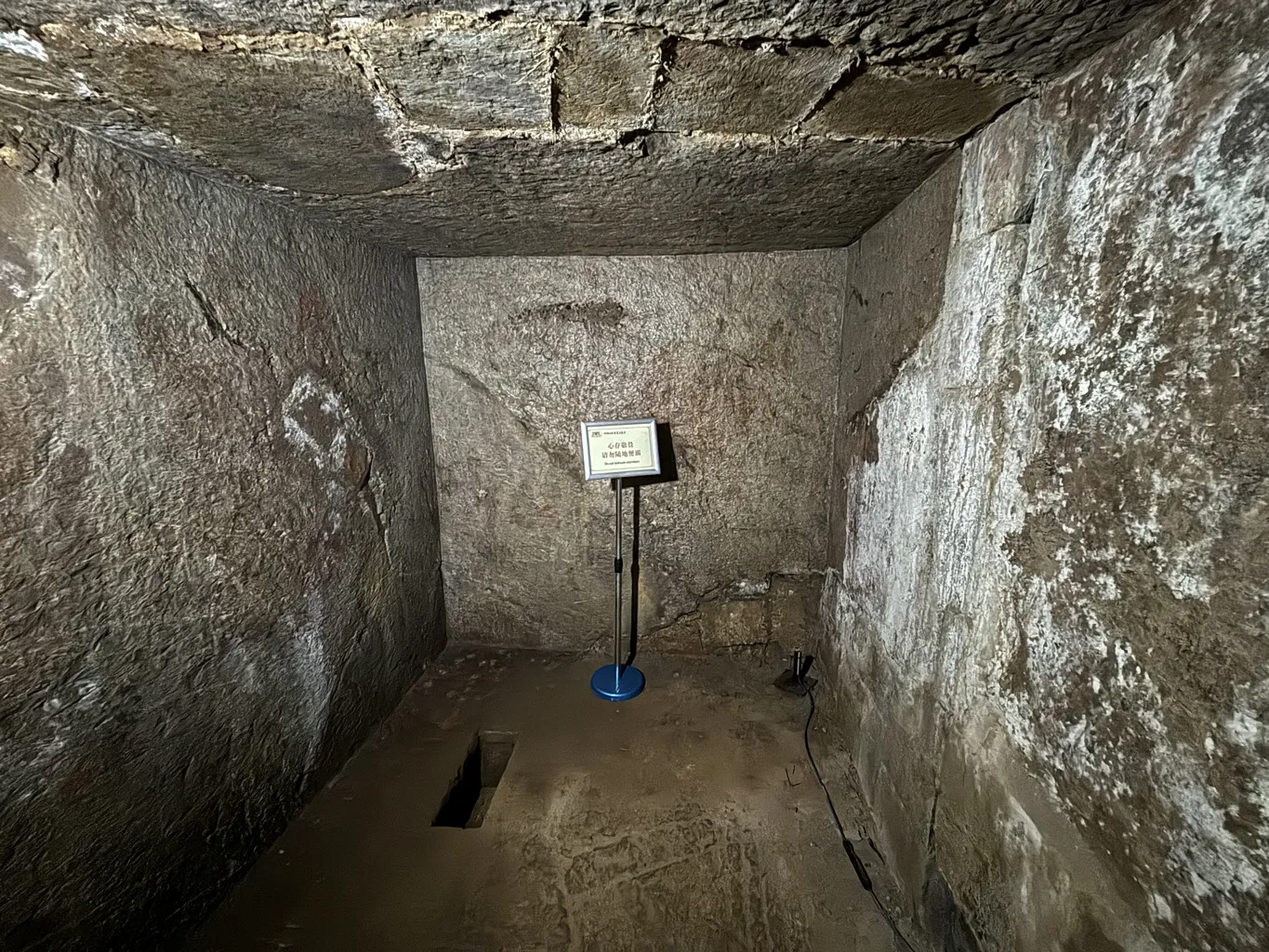
Final Thoughts
The Beidongshan Han Tomb stands as a remarkable example of ancient Chinese burial customs and architectural ingenuity. With its complex structure and rich historical background, it continues to captivate those who visit. As you walk through its chambers, you can almost hear the echoes of the past, telling stories of a bygone era.
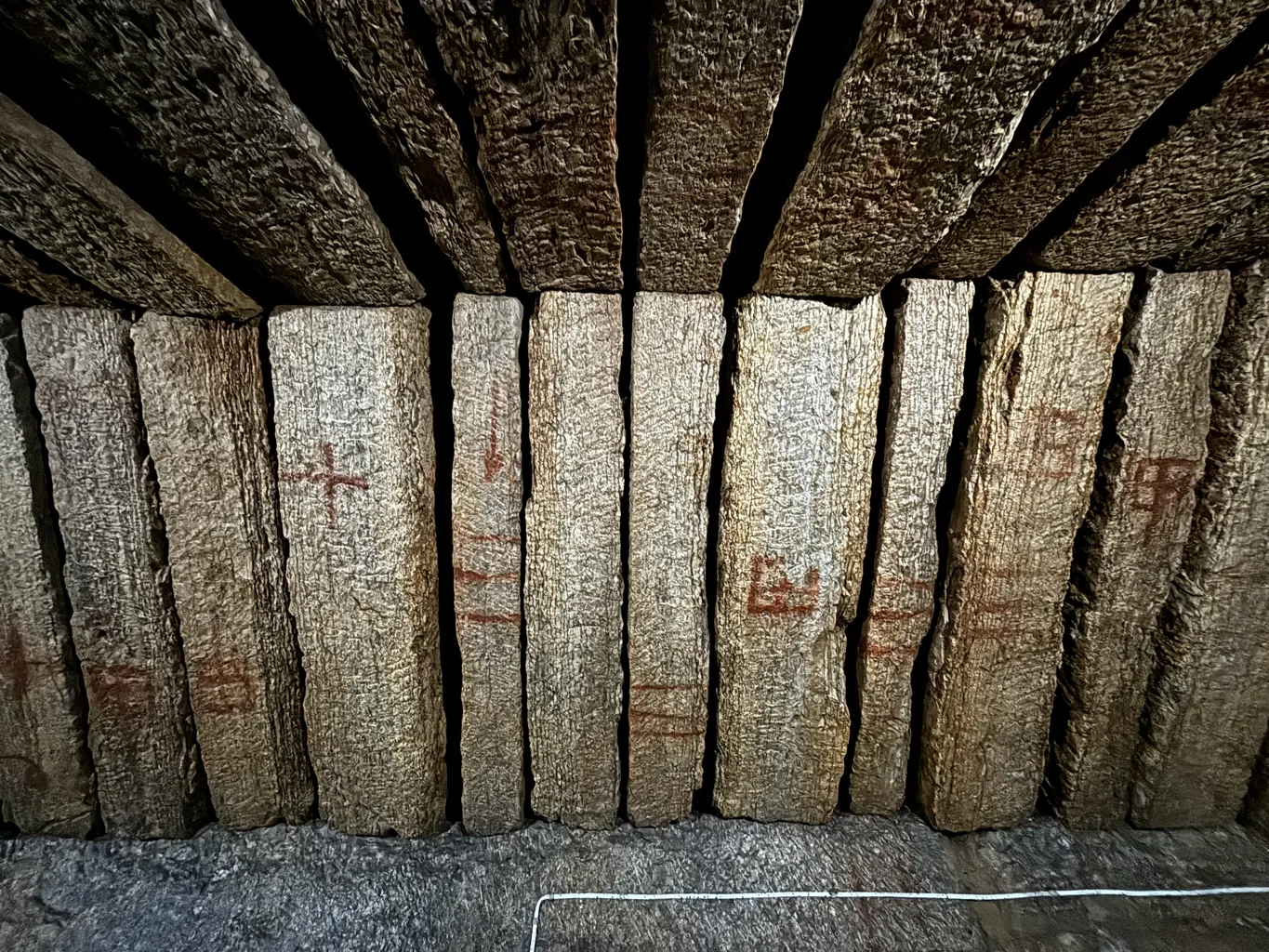
Sources:

